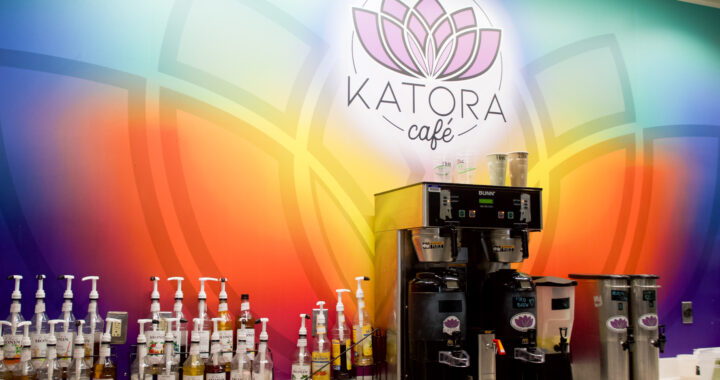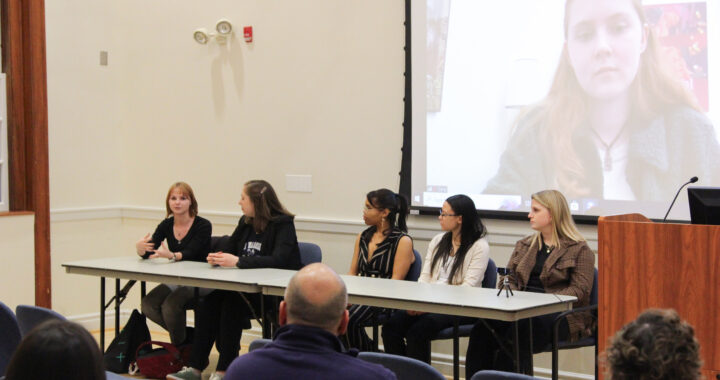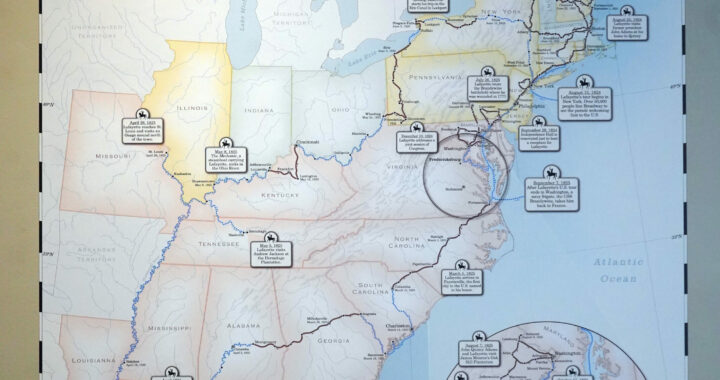UMW to Install Artificial Turf
2 min readWarning: Attempt to read property "post_excerpt" on null in /home/bgonline/public_html/wp-content/themes/newsphere-pro/inc/hooks/hook-single-header.php on line 65

This summer, UMW will spend $2.5 million installing artificial surface turf to the women’s hockey and lacrosse field, and the practice field behind the outdoor tennis courts.
“I’m without a doubt in favor of this move,” said Department Chair of the Athletics Department Edward Hegmann. “Artificial surface turf has 24/7 availability, exponentially more usage time and can be played on in any weather.”
Hegmann cited the vastly reduced maintenance cost required for artificial surface turf. He said that there are “tremendous water savings” in using artificial surface turf as well as no need for fertilizer or grass cutting.
Rick Pearce, acting vice president for Administration and Finance and Chief Financial Officer, said that the new artificial surface turf fields will last longer than grass fields, are able to be used all year round, and can handle much more traffic than a grass field can, which is particularly useful during intramural sporting events.
“Playing fields such as the field hockey field must be completely rehabbed every few years,” Pearce explained. “The reason is that the extra sod, grass, fertilizer, etc. that is put on the field each year to keep it at competitive playing levels builds up to a point where the fields do not drain properly and are unplayable much of the year. This field is at this point.”
Hegmann said that certain sports, like women’s field hockey, lacrosse and soccer, will see a “great benefit” from the new artificial surface turf.
“If you don’t have artificial surface turf, you can never host any post-season NCAA play,” Hegmann said in reference to women’s field hockey.
When asked about the disadvantages of an artificial surface turf field, Pearce said that “it is harder than grass/sod to play on and can increase the amount of runoff from rains and snows, stressing storm water systems.”
According to Pearce, the project also includes additional work on “storm water management, storage facilities and [the] announcer’s box,” and that the $2.5 million cost is, “being borrowed by the University by selling commercial bonds.”











